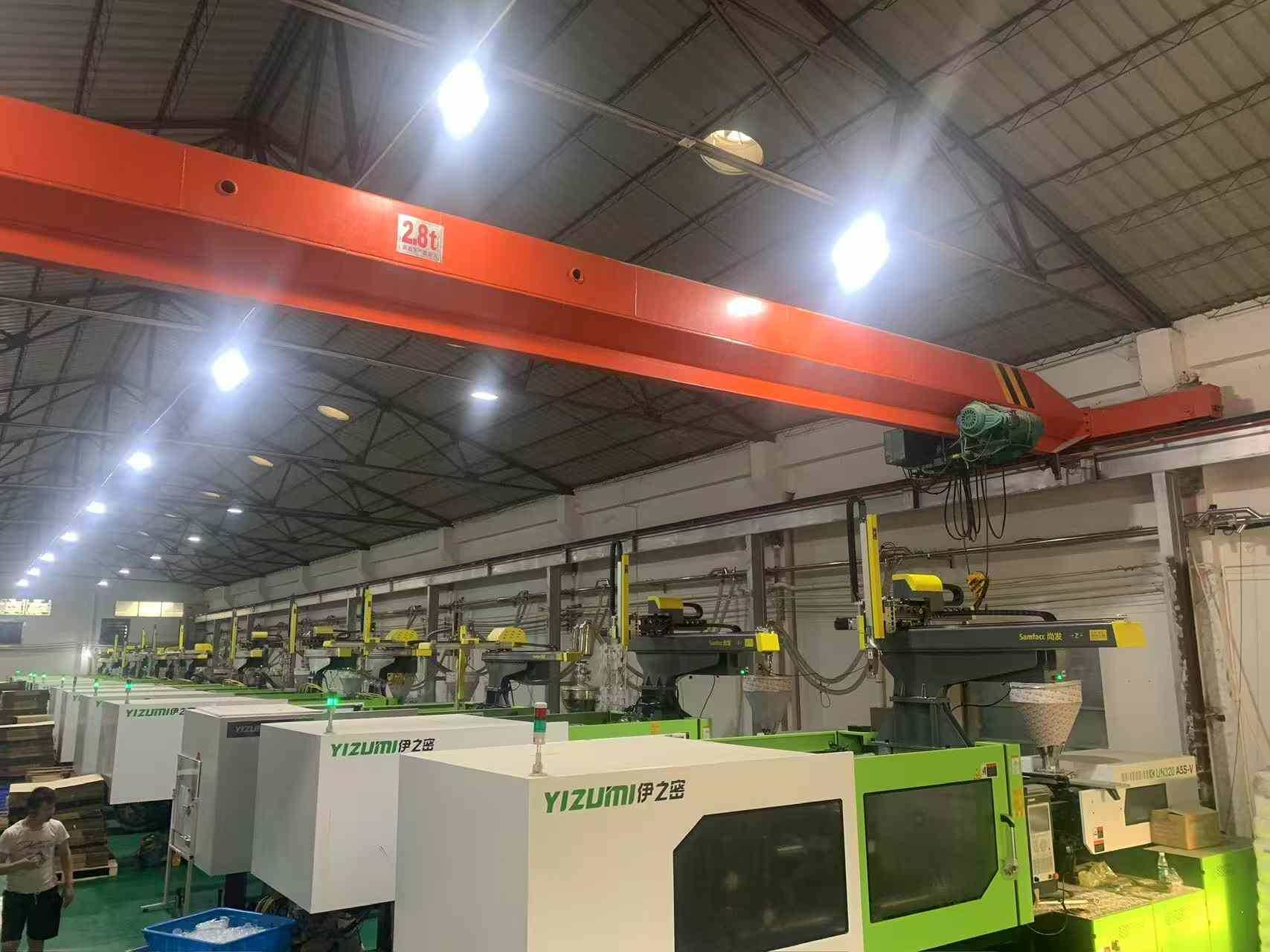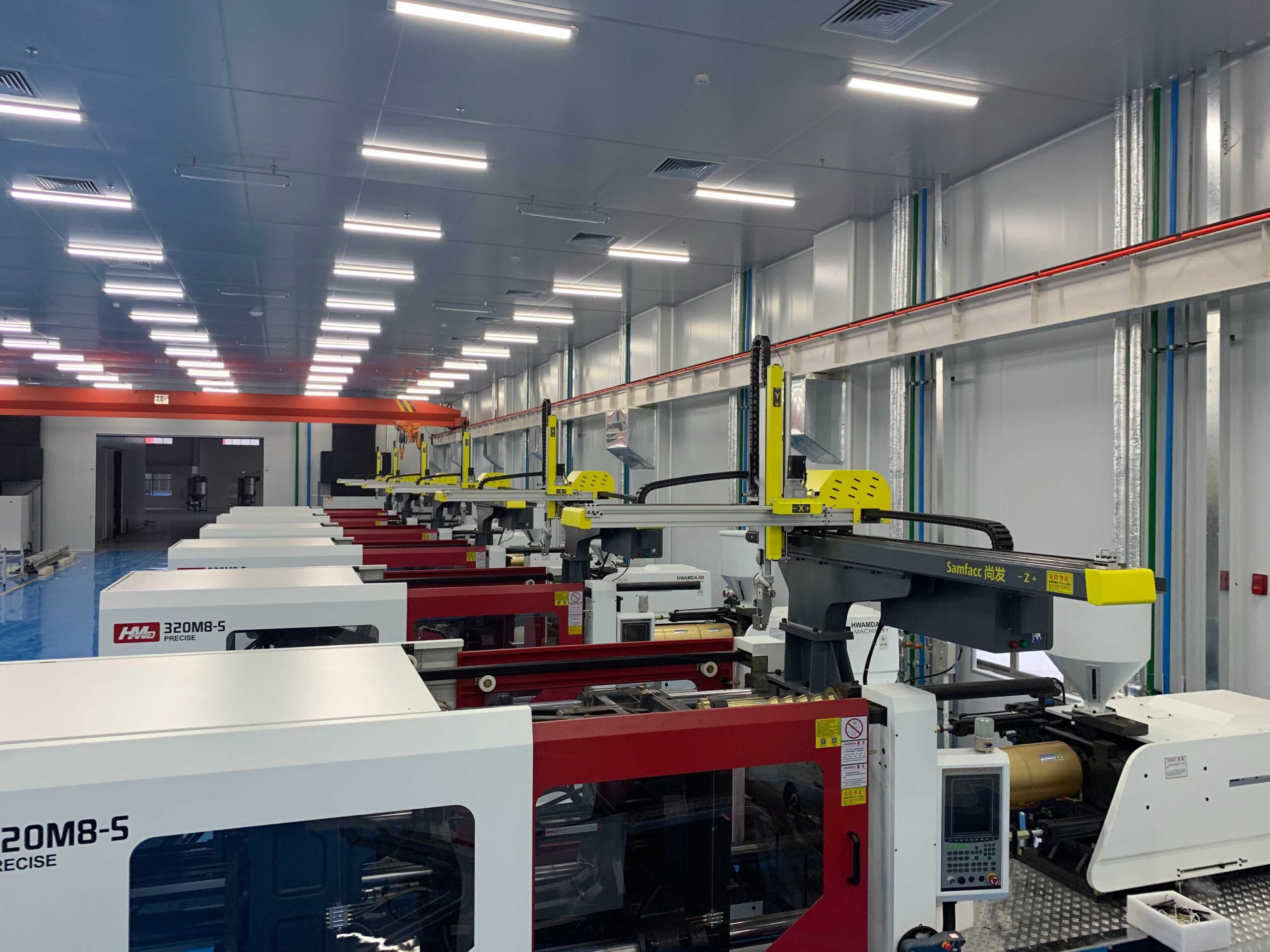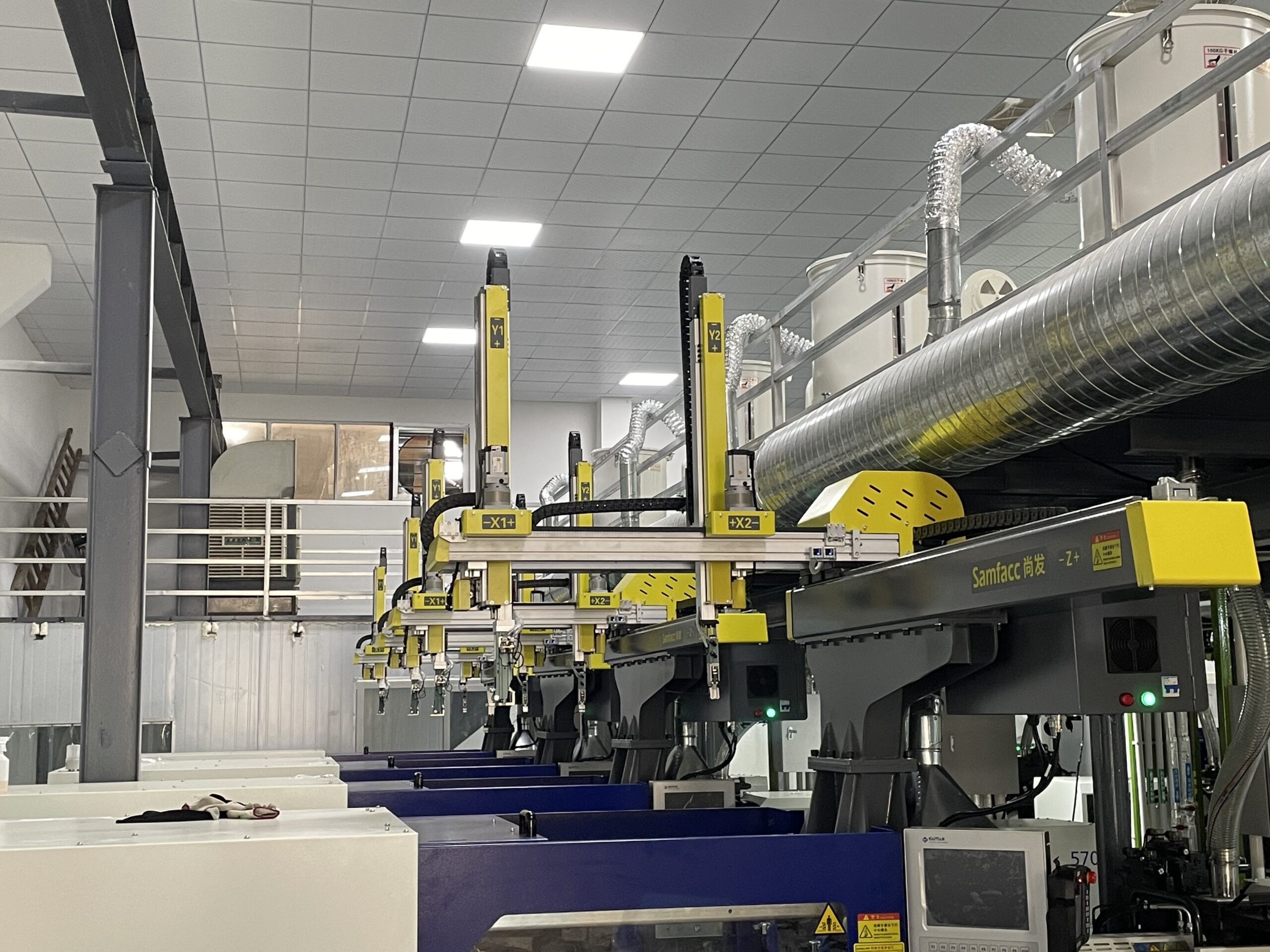The pick and place robotic arm market’s revenue was USD 2.5 billion in 2024 and is predicted to reach USD 5.1 billion by 2033, growing at a CAGR of 8.7% from 2026 to 2033. The demand for robotic arms is due to their efficiency and accuracy in different manufacturing industries. They are used to picking up items from one location and placing them in another.
You can also streamline your production processes and automate your workflow with a robotic arm, but only if you choose the right one. This article describes the top 5 things you need to know before buying a robotic arm. Let’s get into it.
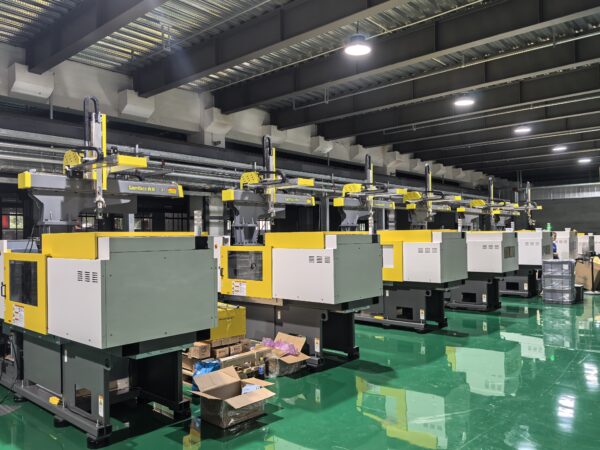
1. Understand your Application Needs
Before buying a robotic arm, be clear about what you need it to do. Are you sorting light parts or lifting heavier items? Tasks like assembly, packaging, or labeling all need different features. Knowing your exact use helps you pick the right model without overpaying for things you won’t use.
2. Know key Specifications
Each pick and place robotic arm comes with different specifications. These include:
Cycle time
Robotic arms have different speed limits, from 0 to maximum. You need to analyse how fast they complete a task. Make sure that the maximum speed of your robotic arm can handle your regular workload.
Repeatability
A robotic arm can pick and place products in the same place all the time. That’s called repeatability. High repeatability is required for fragile tasks like micro assembly or building PCBs. Less repeatability can cause errors and misplaced parts. So, make sure that the pick-and-place robotic arm you are considering buying meets the tolerance radius for your application.
Payload
Payload means the maximum load/ weight your robotic arm can pick and place including both item and gripper. Choose the pick and place robotic arm which can handle maximum load in your industry without any problems.
Reach
Reach is the distance( horizontal and vertical) your arm covers to pick and place items. It’s important to check whether this range fits your workspace and tasks. Horizontal reach is the distance from the robot’s base to the farthest point the gripper can reach. In contrast, vertical reach varies from the lowest position reachable to the wrist, moving as high as possible.
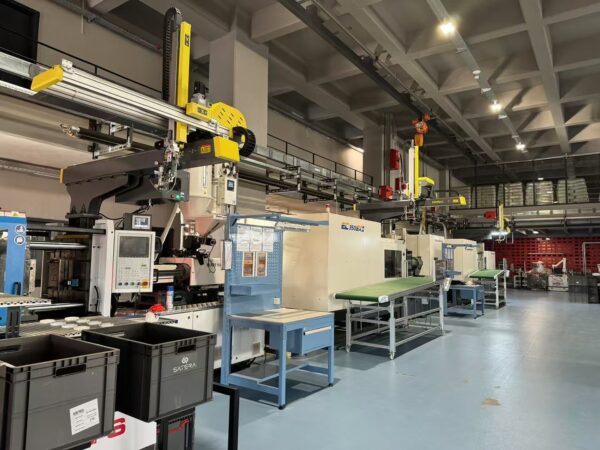
3. Check Integration Requirements
Before placing an order, confirm whether the robotic arm fits your current setup. Will it communicate with your software and machines? Will it require additional hardware, complicated setup, or configuration?
Some robotic arms offer plug-and-play options, but some will require some custom coding or additional hardware. If you don’t have a lot of technical people on your team, look for a robotic arm with programming that is easy to understand, and a good manufacturer support structure.
4. Look Beyond the Initial Price Tag
Many people only check the initial price tag of pick and place robotic arms, but here are some factors that also add up in total cost:
- Grippers or suction cups
- Mounting hardware and cabling
- Maintenance kits
- Safety systems (light curtains, cages)
Purchase the right robotic arms, even if they are a little expensive. This will save you on maintenance costs and time.
5. Customer Support
Even the most reliable robotic arm will need attention at some point. Select a vendor with easy-to-access customer support and documentation, as well as warranty options. Some vendors offer software updates, troubleshooting guides, and real-time remote support.
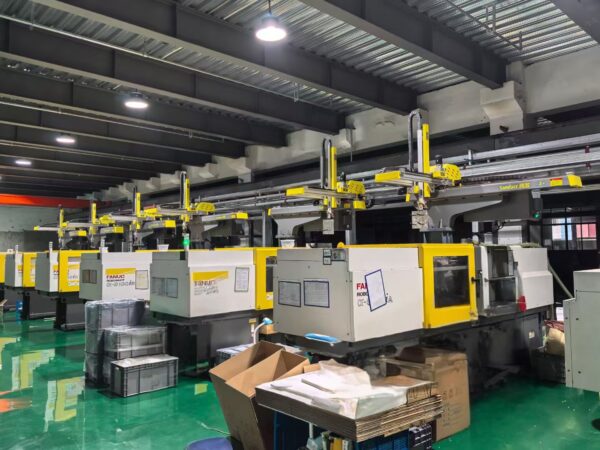
Conclusion
Before choosing a pick and place robotic arm, understanding key specs like payload, reach, repeatability, and cycle time makes all the difference. If you’re looking for expert guidance, better quality, and real-time remote support, Samfacc has a skilled team ready to help you make the right choice.


